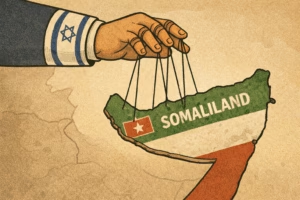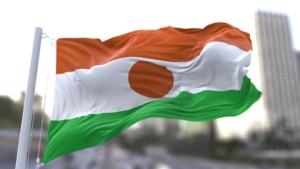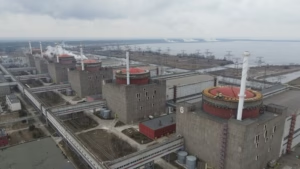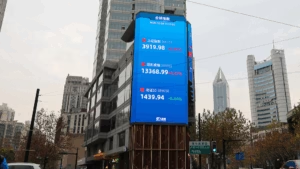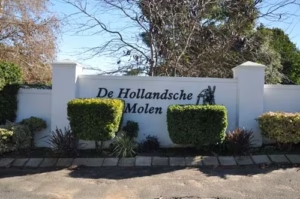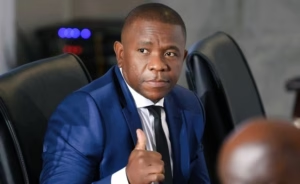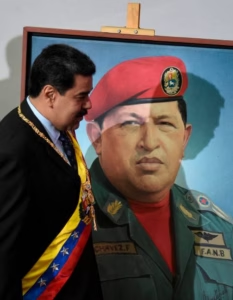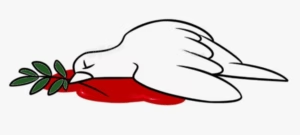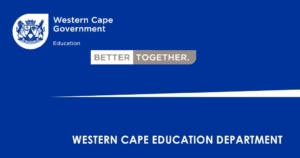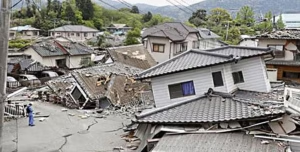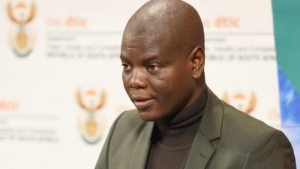Late Tuesday evening, the New York Police Department (NYPD) intervened at Columbia University, arresting approximately 50 students who had taken control of Hamilton Hall. This action came after a two-week period of escalating protests on the university grounds concerning the Israel-Gaza conflict.
These cops are just gestapo for Israel 🇮🇱. This is CUNY now. A police state. pic.twitter.com/KnLo2ASL2h
— Danny Haiphong (@SpiritofHo) May 1, 2024
Anti Genocide Student Occupation and Police Response
Activists had occupied Hamilton Hall, a key building on the New York campus, for nearly a full day, starting their takeover early Tuesday. Their occupation was part of broader campus unrest that has been ongoing for two weeks.
VA police really tear gassing VCU students at night this is sick the protest was completely peaceful pic.twitter.com/6NoONrucT7
— ^_−☆ (@shamsinluv) April 30, 2024
During the NYPD’s operation, there were initial reports suggesting the use of tear gas, which were later refuted by NYPD Assistant Commissioner of Public Information, Carlos Nieve, who stated in an interview with Axios,
“The NYPD does not use tear gas.”
Columbia officials described the occupation of Hamilton Hall as an action that left them no other option but to intervene, citing the building was “occupied, vandalised and blockaded.”
NYPD Going Into Columbia University With Weapons Drawn Against American Students.🇺🇸
pic.twitter.com/U5ISPl7ZGE— Dr. Anastasia Maria Loupis (@DrLoupis) May 1, 2024
University’s Stance and Student Demands
In the early hours of Tuesday, the student protesters had barricaded themselves inside Hamilton Hall, a reaction following the university’s decision to suspend students who did not comply with a dispersal deadline linked to a pro-Palestinian encampment. Ben Chang, Columbia’s Vice President for Communications, expressed the institution’s priority on safety via an emailed statement to The Epoch Times:
“The safety of every single member of this community is paramount,”
Chang noted, advising non-essential personnel and students to avoid the Morningside campus.
The protesters, energized by historical precedents of student movements, voiced their demands through a statement on Instagram. They declared their intent to persist until the university divested from companies allegedly supporting the war efforts in Gaza, stating:
“This action will force the university to confront the blood on its hands.”
They further accused Columbia of complicity in what they called “Israel’s ongoing genocidal assault on the Gaza strip,” positioning themselves in the tradition of anti-apartheid and anti-genocide activism.
Escalation and Breakdown of Negotiations
As the protests escalated, demands included the cessation of alleged land acquisitions in both the Harlem neighborhood and Palestine, an end to on-campus policing, and severing academic ties with Israeli institutions.
Despite intense negotiations, Columbia University’s President, Minouche Shafik, stated that the university would not divest from Israel, emphasizing adherence to its foundational principles. However, the university proposed alternatives such as accelerating the review of student proposals by the Advisory Committee for Socially Responsible Investing and enhancing transparency regarding its investments.
‘I am here because I’m Jewish, not in spite of it. Jewish Students are at all these encampments’@BrownUniversity student Rafi discusses why so many young Jews are supporting the Encampment Protest Movement pic.twitter.com/CvBVdLuwy1
— IsraelismFilm (@IsraelismFilm) April 30, 2024
Suspension of Students and Impact
Ben Chang confirmed that the university had begun suspending involved students who had not complied with the 2 p.m. deadline imposed on Monday. The presence of the protesters had notably disturbed campus operations and had an unsettling impact on many Jewish students and faculty.
Chang highlighted the ongoing efforts to maintain a safe and inclusive environment on campus:
“We’ve been suspending students as part of this next phase of our efforts to ensure safety on campus,”
he mentioned during a press briefing, as reported by USA Today.
The university’s stance and the NYPD’s intervention mark a significant moment in the ongoing dialogue around campus activism, safety, and the broader geopolitical conflicts that often intersect with university policies and student activism.




